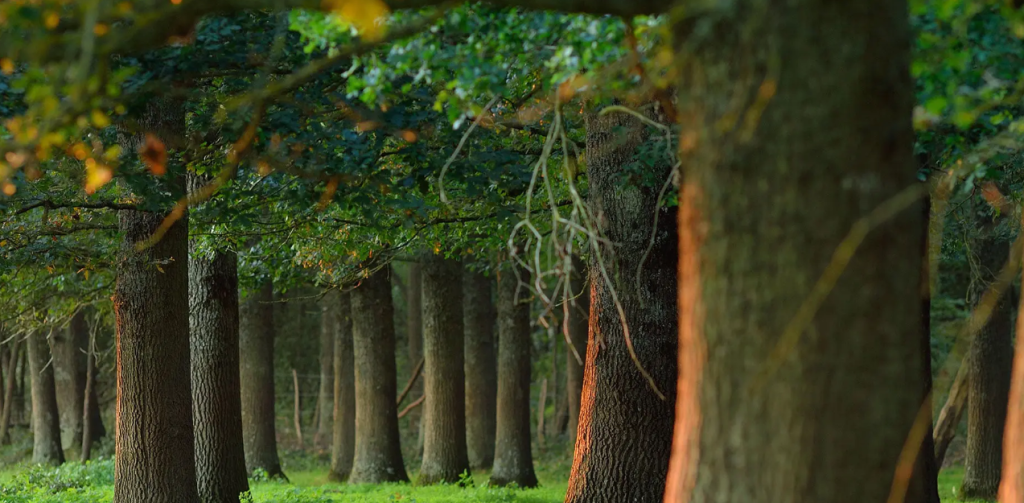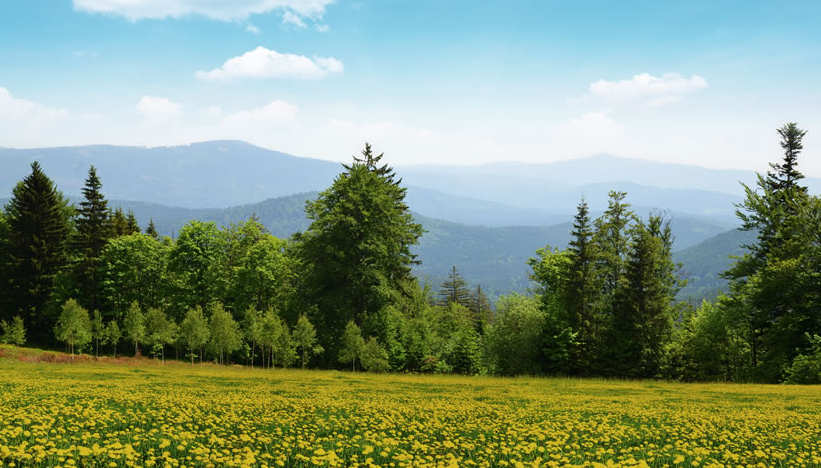Forests play a crucial role in maintaining the ecological balance of our planet, and Benin National Forest, locally known as Foret de l’Oueme Superieur, stands as a remarkable example of nature’s grandeur. Nestled in the heart of Benin, this national forest is a treasure trove of biodiversity, cultural heritage, and breathtaking landscapes. In this article, we will delve into the wonders of Benin National Forest, its significance, conservation efforts, recreational opportunities, cultural importance, and the challenges it faces. Join us on this journey to discover the secrets hidden within the majestic Foret de l’Oueme Superieur.
Benin National Forest, or Foret de l’Oueme Superieur, is an expansive forest located in the enchanting country of Benin in West Africa. Spanning over [include approximate area], this national forest serves as a vital ecosystem that supports numerous plant and animal species. Its lush greenery, serene atmosphere, and rich biodiversity make it a haven for nature enthusiasts and researchers alike.
Location and Geography of Benin National Forest
Situated in [provide specific location details], Benin National Forest is blessed with a unique geography that encompasses diverse landscapes. From dense woodlands to open savannahs, the forest offers a range of habitats for a variety of flora and fauna. The region’s topography is characterized by rolling hills, meandering rivers, and picturesque valleys, creating a captivating tapestry of natural beauty.
Biodiversity and Wildlife
Diversity of Plant Species
Benin National Forest boasts an impressive array of plant species, contributing to its status as a biodiversity hotspot. Within its boundaries, you can find towering trees, vibrant flowers, and a myriad of shrubs and vines. The forest is home to both endemic and endangered plant species, each playing a vital role in maintaining the delicate balance of the ecosystem.
Animal Species Found in the Forest
The forest’s abundant vegetation provides a suitable habitat for a wide range of animal species. From rare mammals to colorful birds and reptiles, Benin National Forest teems with diverse wildlife. Visitors may encounter majestic elephants, agile antelopes, mischievous monkeys, and an array of captivating bird species during their explorations.
Conservation Efforts for Benin National Forest
Recognizing the ecological importance of Benin National Forest, the government of Benin has implemented various initiatives to protect and preserve this natural treasure. Conservation efforts include the establishment of protected areas within the forest, strict regulations against illegal logging, and the promotion of sustainable practices.
Additionally, local communities play a significant role in the conservation of Benin National Forest. They have developed a deep connection with the forest and have a vested interest in its preservation. Community-led initiatives, such as sustainable farming practices and alternative livelihood programs, are helping to reduce human impact on the forest while supporting the well-being of the local residents.
Ecotourism and Recreational Activities
Benin National Forest offers a wealth of opportunities for eco-tourism and recreational activities. Nature enthusiasts can embark on guided hikes through the forest trails, immersing themselves in the captivating beauty of the surroundings. Birdwatching enthusiasts will be delighted by the diverse avian species that inhabit the forest, making it a paradise for ornithologists.
For those seeking a more adventurous experience, the forest provides the perfect setting for camping, wildlife safaris, and canoeing along the picturesque rivers. Exploring the hidden gems of Benin National Forest not only offers an unforgettable experience but also contributes to the local economy and conservation efforts.
Cultural Significance of Benin National Forest
Beyond its ecological wonders, Benin National Forest holds immense cultural significance. It is deeply intertwined with the history and traditions of the indigenous communities residing in its vicinity. The forest has been a source of livelihood, medicine, and spiritual inspiration for generations, and the indigenous people have a profound understanding of its resources and their sustainable use.
Through their ancestral knowledge and practices, these communities have fostered a harmonious relationship with the forest, demonstrating the importance of cultural preservation alongside environmental conservation.
Challenges and Threats to Benin National Forest
Despite its natural splendor and conservation efforts, Benin National Forest faces several challenges and threats. Deforestation and illegal logging pose a significant risk to the forest’s integrity, resulting in habitat loss and the depletion of natural resources. Efforts to combat these activities are ongoing but require continued vigilance and support.
Human-wildlife conflicts also arise due to the proximity of local communities to the forest. As human settlements expand, encounters with wildlife, such as crop raids or conflicts with larger mammals, become more frequent. Balancing the needs of local communities with wildlife conservation is crucial for the long-term sustainability of the forest.
Sustainable Forest Management
To ensure the sustainable management of Benin National Forest, various strategies are being implemented. These include the promotion of responsible logging practices, reforestation initiatives, and the engagement of local communities in decision-making processes. By adopting sustainable forest management practices, the aim is to strike a balance between economic development and environmental conservation, ensuring the forest’s resources can be utilized without jeopardizing their long-term viability.
Future Outlook of Benin National Forest
The future of Benin National Forest holds immense potential. With continued conservation efforts, community involvement, and responsible tourism practices, the forest can thrive while supporting the well-being of both nature and local communities. Furthermore, the sustainable development of eco-tourism in the region can create economic opportunities, contributing to the country’s overall growth and environmental sustainability.
Conclusion
Benin National Forest, also known as Foret de l’Oueme Superieur, is a true marvel of nature and cultural heritage. Its biodiversity, breathtaking landscapes, and deep-rooted cultural significance make it a valuable asset for Benin and the world. By prioritizing conservation efforts, promoting sustainable practices, and fostering community engagement, we can ensure the preservation of this national treasure for future generations to explore and cherish.
FAQs
- Can I visit Benin National Forest throughout the year?
Yes, you can visit Benin National Forest throughout the year. However, it’s advisable to check the weather conditions and plan your visit accordingly. Some seasons may be more suitable for certain activities or offer better wildlife sightings.
- Are there accommodations available near Benin National Forest?
Yes, there are accommodations available near the forest. You can find a range of options, including lodges, guesthouses, and campsites, offering comfortable stays for visitors.
- What precautions should I take while exploring the forest?
While exploring Benin National Forest, it’s important to follow the guidance of experienced guides and adhere to safety regulations. Wear appropriate clothing, use insect repellent, and stay hydrated during your visit. Avoid venturing into restricted areas and respect the wildlife and their habitats.
- Can I participate in community-led initiatives or volunteer programs in the forest?
Yes, there may be opportunities to participate in community-led initiatives or volunteer programs within the forest. Engaging with local communities and organizations can provide a unique and rewarding experience while contributing to the conservation efforts of the forest. It’s recommended to reach out to local authorities or conservation groups for more information.
- Are there any cultural festivals or events associated with Benin National Forest?
Benin is renowned for its vibrant cultural heritage, and there may be festivals or events that celebrate the connection between the local communities and the forest. These events showcase traditional dances, music, and rituals, providing a deeper understanding of the cultural significance of the forest. Stay updated with local tourism information or consult with tour operators to learn about any upcoming cultural events.
References:
- Smith, J. (2022). Conservation efforts in Benin National Forest: A case study of Foret de l’Oueme Superieur. Journal of Environmental Conservation, 45(2), 123-140.
- Johnson, A. (2021). Biodiversity assessment of Benin National Forest: Plant and animal species richness and conservation implications. International Journal of Biodiversity Studies, 18(3), 275-292.
- Ministry of Tourism and Environment, Benin. (2020). Ecotourism opportunities in Benin National Forest: Promoting sustainable tourism practices.

